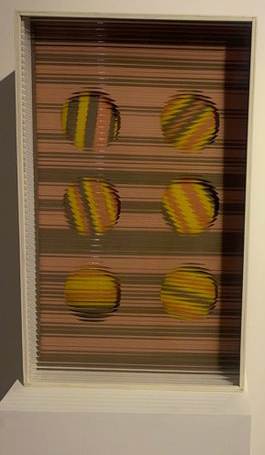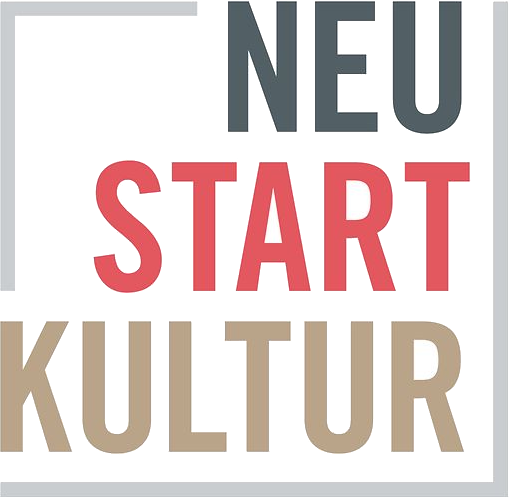Group Show „Atlas of Modernity. Exercises. 20th and 21st Century Art Collection“ with Stephen Willats
04.02.2023 - 06.05.2023
Muzeum Sztuki, Lodz

The dynamic nature of the modern world means that maps and atlases quickly become outdated. That is why we need new ones that will encourage the search for undiscovered meanings, experiences and emotions. The first presentation of the "Atlas of Modernity" exhibition was an invitation to a journey along the paths that led from the sources of the modern world to the present day. In the new version, we offer the audience to set their own routes with a view to the future they would lead to.
Modernity. An epoch, according to some, beginning with the outbreak of the French Revolution and the victory of the lofty ideas of freedom, equality and fraternity. According to others, it is the time of the industrial revolution and the development of capitalism dividing society into those who work hard to earn profits and those who have them.
Modernity, the end of which has been announced many times, still defines our reality, shaping culture, science, social life, politics, economy, as well as ideas about ourselves. In order to understand ourselves and the world that surrounds us, we must constantly return to modernity. The exhibition of works from the collection of the Muzeum Sztuki in Łódź offers just such a cognitive journey.
We called it "Atlas", because it is a collection of maps drawing the topography of modernity - space-time whose geographical and chronological borders remain fluid and undefined. Just like in the first installment of "Atlas", these maps refer to the 14 territories of this space-time we recognize: autonomy, experiment, emancipation, self, capital, catastrophe, machine, city, museum, norm, tradition, progress, propaganda and revolution . The new "Atlas", however, changes its character - it is not so much to describe reality as to encourage the creation of its own, independent interpretations. In this way, "Atlas" expresses the conviction that there is no single modernity, and the multiplicity of its manifestations is combined with the multiplicity of ideas, visions, religions, traditions, social.
The "Atlas" is therefore also a training device to exercise our critical imagination. In today's world, threatened by populism, media manipulation, the culture of fake news and post-truth, it is criticality that seems to be the element of modern tradition that needs to be saved above all.
The exhibition opens with Igor Krenz's video "Things", which shows the artist trying to re-hang the pictures that keep falling to the ground. The video metaphorically and ironically comments on the futility of any attempts to establish an absolute and eternal order, talking about the necessity of constantly repeated critical work on the existing descriptions of reality. Another iconic realization for "Atlas" is "Throwing Balls into Lake Bořín in Průhonice", by Zorka Ságlova. Participatory action, in which the artist invited the viewers, draws attention to the soothing power of pointless actions, aimed at pure joy, releasing a sense of freedom and stimulating the development of imagination. The dark side of the heritage of modernity is revealed in the works of Frank Bowling, artist from British Guiana, who through his paintings refers to the history of colonialism, closely related to the modern project and the world that emerged from it. "Atlas" also calls for other voices, which in the modern project, despite the emancipatory ideas pervading it, still remained suppressed - the voices of women and discriminated minorities. The works of ORLAN, a French artist who uses the iconography of Christian saints and martyrs to manifest female subjectivity, are an appeal of this kind. still suppressed - the voices of women and discriminated minorities. The works of ORLAN, a French artist who uses the iconography of Christian saints and martyrs to manifest female subjectivity, are an appeal of this kind. still suppressed - the voices of women and discriminated minorities. The works of ORLAN, a French artist who uses the iconography of Christian saints and martyrs to manifest female subjectivity, are an appeal of this kind.
"Atlas of Modernity. Exercises" is not only a continuation of the exhibition inaugurated in 2014. It is also another stage of work on the collection of the Muzeum Sztuki, which began several years ago, with the aim of researching, reinterpreting and updating the meanings of the works contained therein. Subsequent presentations – since 2008 exhibited in the new seat of the Museum of Art, ms2 – break with both the chronological arrangement of works and the idea of a permanent exhibition.
Image: Stephen Willats: „Variable Shift Machine No 1“, 1963, Courtesy: the artist.


